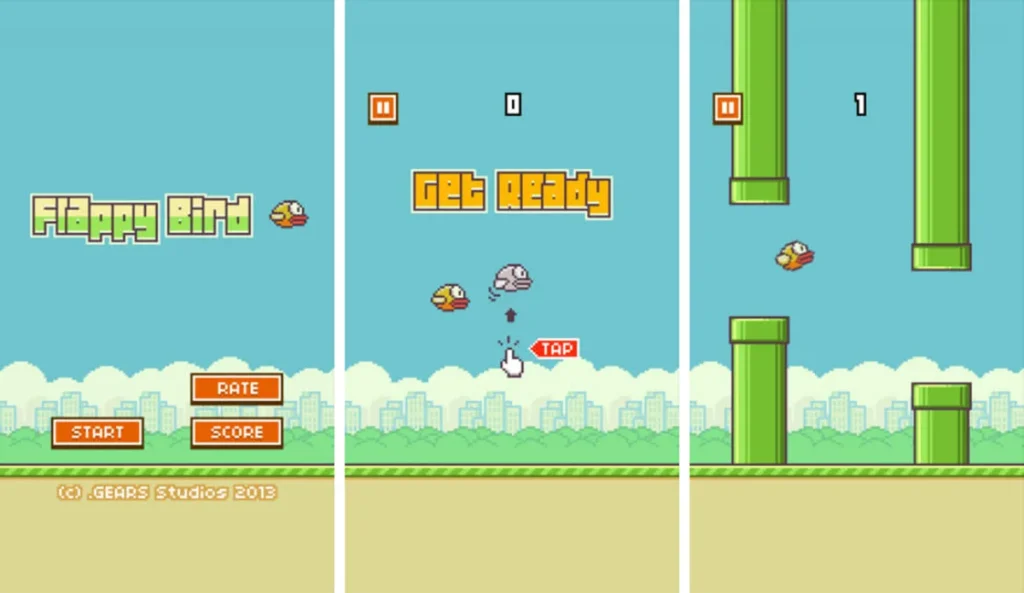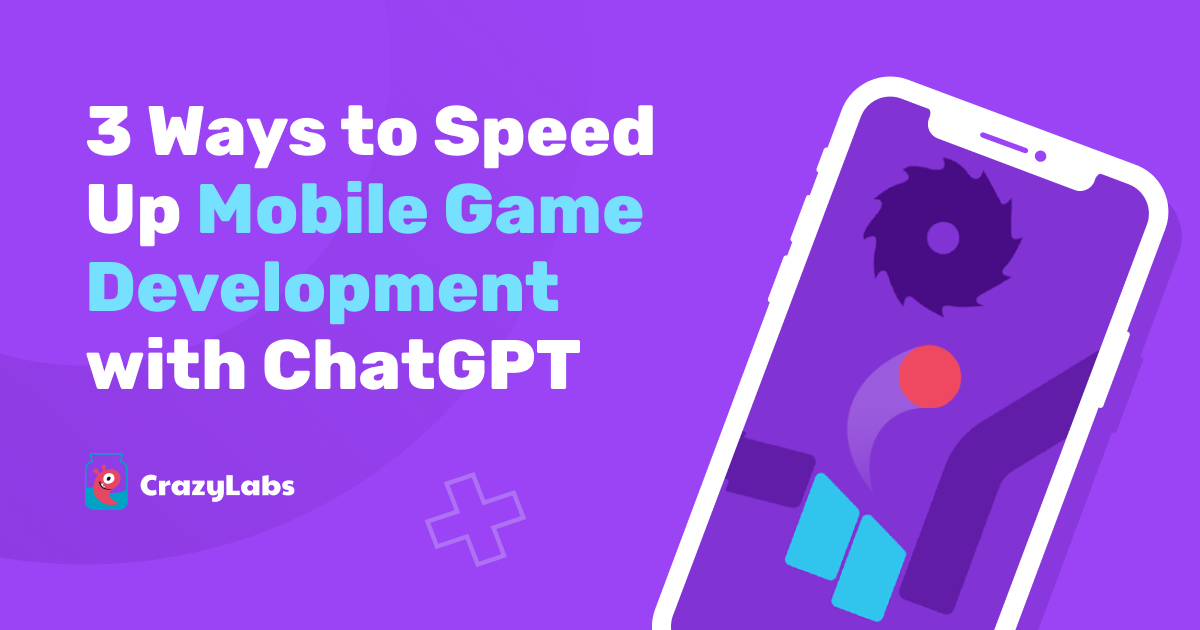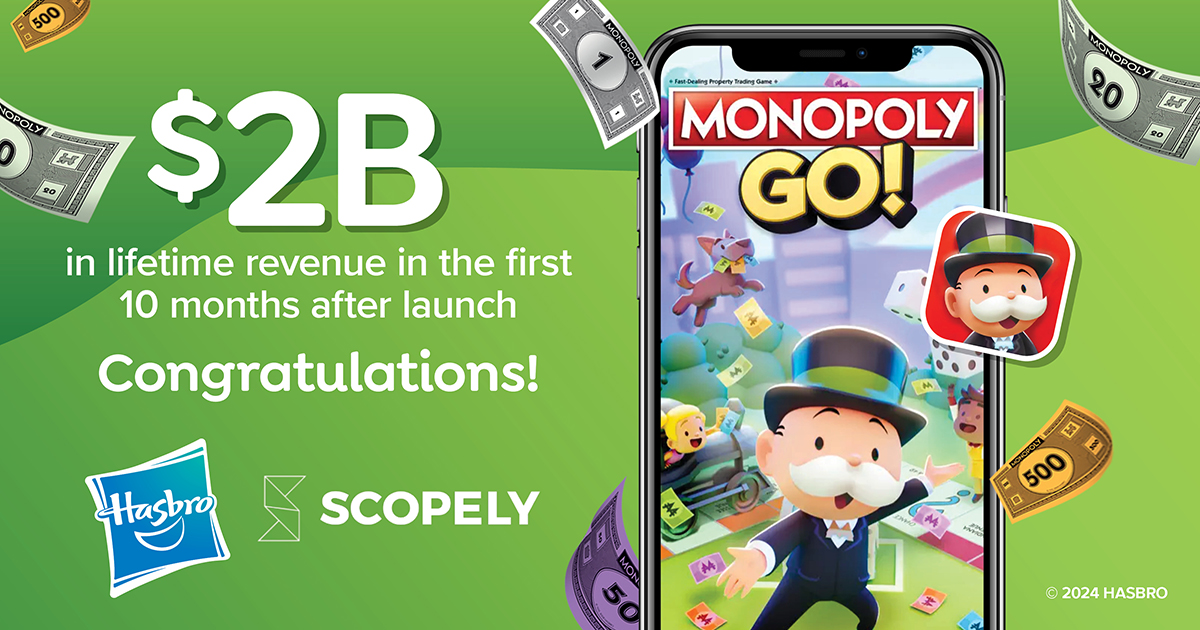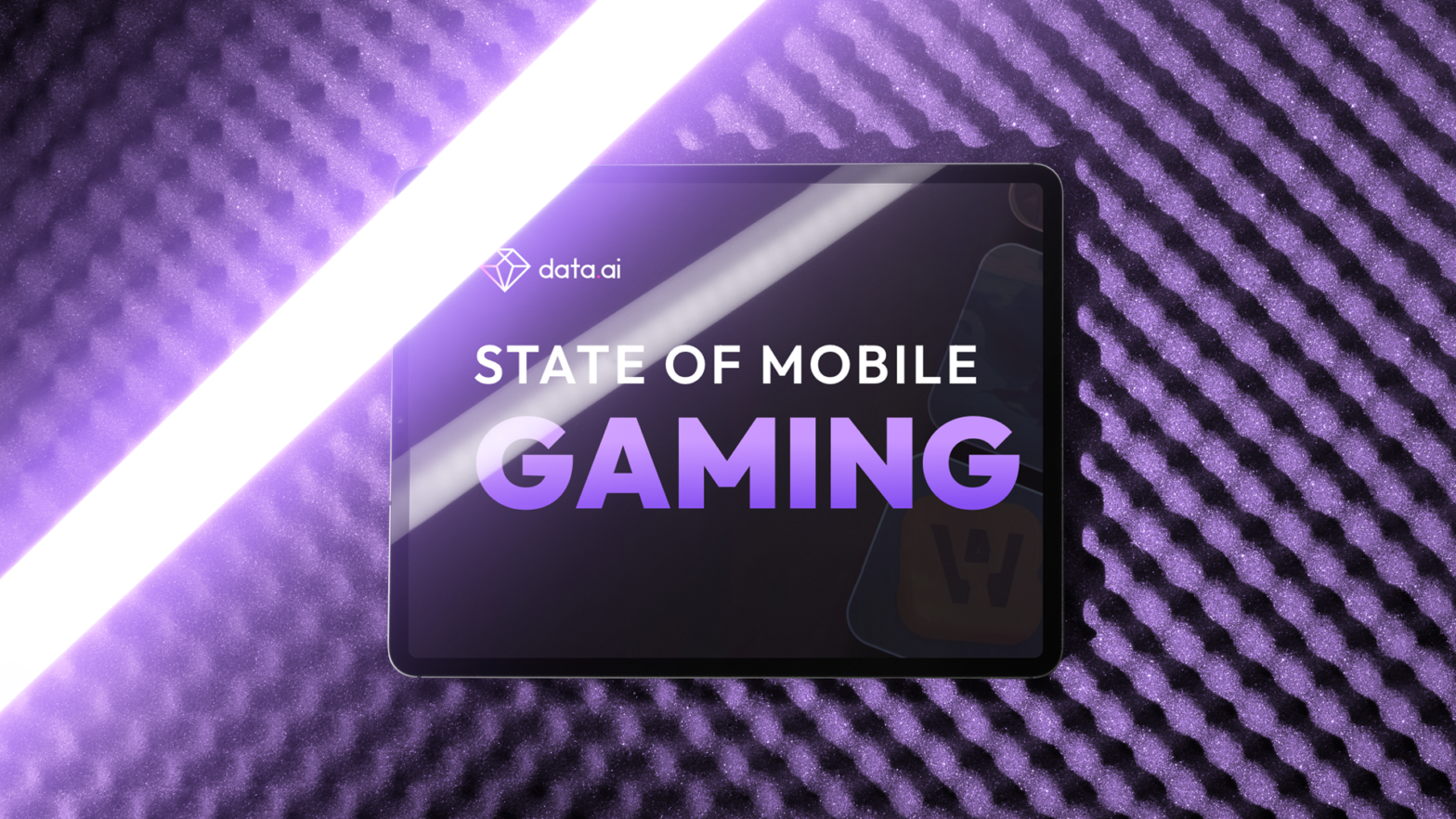Hyper-casual games have topped the download charts for the past few years, literally being the most popular genre on mobile platforms. In 2022, they accounted for 50% of total downloads. But what makes hyper-casual so popular and sets it apart from other genres? Appsflyer tried to get to the bottom of this question.
A side note: Is the era of hyper-casual games coming to the end?
Hyper-casual games: the basis and history of creation
What are hyper-casual games themselves? In essence, they are mobile games that are simple in terms of gameplay, design and mechanics, and can be developed by even the smallest teams. The gameplay begins almost immediately, with no tutorials, thus giving the player the opportunity to get into the game instantly. The lack of a storyline and the simplicity of the hyper-casual games themselves allow for endless play (or until one gets bored). However, with the latter aspect emerges and minus: since, in general, these games get bored quickly, the developers, in order not to lose their profits, trying to lure their own players in new games, literally forgetting about the old ones.

The first hyper-casual game appeared 10 years ago and it was Flappy Bird. I think many people remember it; at the height of its popularity, the game was making $50,000 a day, literally luring other developers into developing similar projects. However, such games didn’t see popularity for many years, until the world was plunged into the chaos of a pandemic in 2020. Due to this, the total number of downloads of hyper-casual games increased by 90%! Games of the genre could easily take 10 out of the top 15 most popular app shop lines, not even new privacy rules from Apple and Google could prevent this.
What hyper-casual games are like
There are a number of different types of hyper-casual games and, naturally, each has its own mechanics:
- Puzzle games. These are based on solving puzzles, but they’re all as simple as possible.
- Skill games. They are dedicated to eye-hand synchronization and the essence of them is to dodge obstacles.
- Marathon. These games are also devoted to coordinating the joint work of the eyes and hands, but here the player himself participates in a run with obstacles in the allotted time interval.
- Stacking objects. Tetris-like games require the player to lay some objects one on one to avoid them falling.

Methods of monetising hyper-casual games
The vast majority of hyper-casual games are free to download and play, so how do developers make their money? There are a total of two strategies for making money from the genre:
- Advertising in the game itself. Yes, this is the main way to make money from hyper-casual games, with 97% of the money coming from advertising. The fact that the projects of this genre have an unusually large audience, which can’t help but attract the attention of advertisers. There are simply a lot of ways to advertise hyper-casual games, and it’s not really and annoying players who downloaded the game for free.
- In-game purchases. These are a huge rarity in the hyper-casual genre, but they too have a right to exist. Still, there is a small category of people who will want to unlock a level sooner or buy themselves a couple of extra lives.

In sum, it can be argued that hyper-casual mobile gaming is not a new genre, but one that has already firmly established itself in the market and is extremely popular with users for a number of reasons. In the future, we are likely to see its transformation into hybrid-casual, as well as the introduction of new elements in development and gameplay, such as the use of neural networks.

1,003













 5 minutes
5 minutes







 2 minutes
2 minutes

